A book on the sage who bridged wisdom, warfare and worlds Agastya: The Unifier, a book co-authored by Dr. M.N. Sudha and O. Shama Bhat will be released at a programme to be held at JSS College of Arts, Science and Commerce on Ooty Road in Mysuru today (Mar. 26) at 6.15 pm under the joint aegis of Sri Bramharshi Agastya Lopamudra Jnana Peeta, Mysuru and Ayodhya Publications, Bengaluru.
Suttur Mutt Seer Sri Shivarathri Deshikendra Swamiji, Avadhoota Datta Peetham Junior Pontiff Sri Datta Vijayananda Theertha Swamiji and Mata Amritanandamayi Mutt’s Brahmachari Prasadamirita Chaitanya will grace the occasion. Star of Mysore and Mysuru Mithra Founder-Editor Dr. K.B. Ganapathy will be the chief guest. President of Mythic Society, Bengaluru, V. Nagaraj will preside. Below is a review of the book.
Title : Agastya: The Unifier
Authors : Dr. M.N. Sudha & O. Shama Bhat
Year : 2025
Pages : 372
Price : Rs. 399
Publisher : Ayodhya Publications
By H.V. Nagaraja Rao
Among the Seers of ancient India who enriched the Vedic literature, Agastya’s name shines brightly just like the star named Agastya in the southern firmament. His voyage from the North to the South is told and retold in the Ramayana and the Mahabharata, the national epics of our country as well as in various Puranas. In the Tamil region too, Agastya is venerated as a grammarian, healer, gemmologist and so on. He is associated with numerous sacred places and holy temples.
Dr. M.N. Sudha, a senior consultant specialising in Ayurveda and Yogic Science and O. Shama Bhat, an eminent advocate of Mysuru, have presented Agastya: The Unifier, a treatise which is informative and illuminating. It highlights the spectacular contributions of Agastya to literature, science of medicine and linguistics in addition to martial art. Besides all this, he was a unifier of our land in antiquity and deserves the respect of all Indians. The authors have made an in-depth study of the vast material available in various sources and their work is a yeoman service to the realm of knowledge. Many other Rishis and Munis have immensely contributed to our culture and literature and each one deserves to be studied thoroughly.
It is claimed in the book that Agastya had invented electricity, oxygen and hydrogen (PP 185); some shlokas of Agastya Samhita are quoted to support this claim. It is also said that Dr. Kokatnur presented these findings in a convention in the USA and the chemists who had assembled there were surprised. In the ancient Sanskrit texts, oxygen is called pranavayu and hydrogen udanavayu. Had science developed so much in India so long ago? What is the opinion of our modern scientists in this regard?

Researches made by the authors of this book have shown that Agastya Muni had travelled all over India and had crossed the sea to visit Malaysia. Sacred spots related to Agastya are seen even today in many places. They have been meticulously listed in this book with photographs.
Historians may be interested in the section entitled ‘Agastya as a Rajaguru.’ It is claimed that he was the Rajaguru of Pandyas, Cholas and Cheras. Is it possible for one person to be the Royal Priest of three Royal Families? The authors say that Agastya was their priest during the Dwaparayuga. Is it possible for the same person to be alive in two or more yugas?
Agastya is called Kumbha Sambhava which means that he was a test tube baby. Many such incidents are recorded in the Puranas. Had medical science developed so much in our country in those days? ‘Yes’ say the authors. It is a subject to be discussed by experts.
Agastya was a great scholar and author in Tamil and hundreds of works are ascribed to him. The authors provide a long list of his works both in Tamil and Sanskrit. It is also stated that he presided over seminars and conferences of the Sangam period. The present book contains so much material that it is not possible even to give a satisfactory bird’s eye view of all the subjects dealt with in this review.
The star Canopus which, according to modern astronomy, is much bigger and brighter than the Sun, is named after Agastya in India. The authors say that sage Agastya saw this star after crossing the Vindya Mountain in about 4,000-5,000 BC (P 356). If the same Agastya composed the hymns of the first Mandala of the Rigveda and presided over the Sangam conferences, how long did he live? As an Ayurvedic doctor, does Dr. Sudha believe that human beings live for thousands of years? Or, is there any other explanation of this phenomenon?
In short, Agastya: The Unifier is a veritable source book on ancient Indian culture in general and on Agastya in particular. It not only gives a lot of valuable information, but also produces interest in understanding the achievements of our ancestors. Insights of the authors are evident in every section and they deserve unreserved appreciation of the lovers of Indian culture.



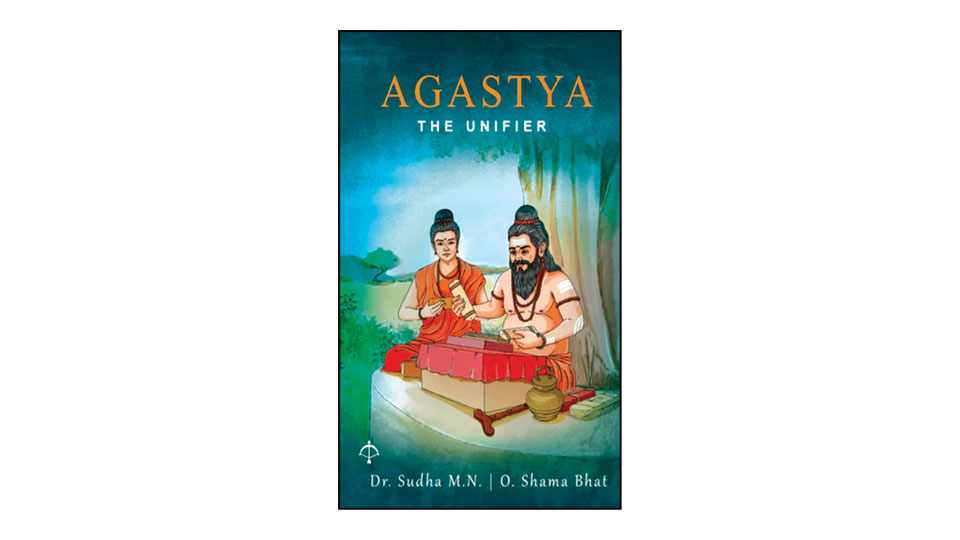
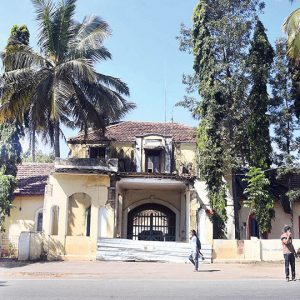
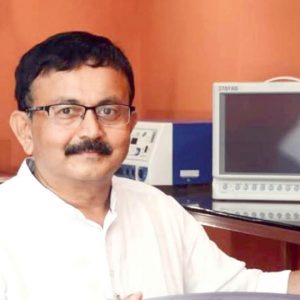
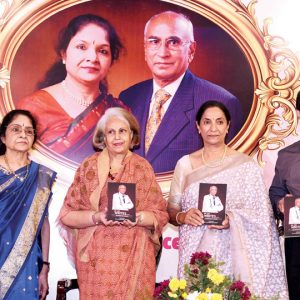
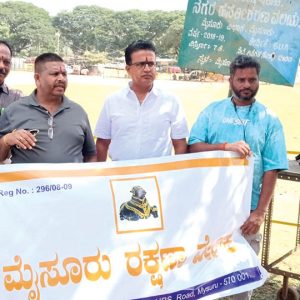
Recent Comments